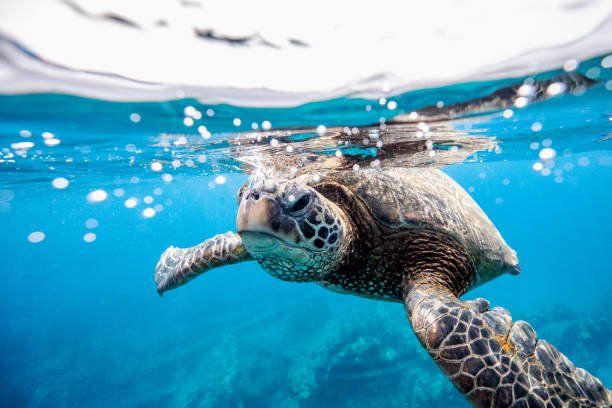As a passionate advocate for wildlife conservation, I strongly believe that technology has the
potential to transform the way we protect and preserve the natural world. In recent years,
advancements in technology have revolutionized the field of conservation.
Enabling researchers and conservationists to collect and analyze data more efficiently and effectively than ever before. With
the help of cutting-edge tools like drones, GPS tracking devices, and artificial intelligence, we can
gain a deeper understanding of the challenges facing endangered species and work to address these
challenges in innovative new ways.
One of the most exciting developments in wildlife conservation technology is the use of GPS tracking
devices to monitor the movements of animals. By tracking the movements of endangered species,
we can gain valuable insights into their behavior and better understand the challenges they face. For
example, we can use GPS data to identify key areas of habitat loss or fragmentation, which can help
us develop strategies to protect these areas and promote the recovery of endangered species.
In addition to GPS tracking, we can also use drones to collect data on wildlife populations and
monitor threats to these populations in real-time. For example, drones equipped with thermal
imaging cameras can detect illegal poaching activity and alert authorities to take action. By using
advanced sensors and artificial intelligence, we can also analyze drone data to identify patterns and
trends that might be difficult to detect with the human eye.
Another exciting area of development in wildlife conservation technology is the use of machine
learning and artificial intelligence to analyze large datasets. By applying advanced algorithms to
massive amounts of data, we can identify patterns and trends that might otherwise go unnoticed.
For example, we can use AI to analyze camera trap images and identify individual animals based on
their unique patterns of spots or stripes. This can help us track the movements of individual animals
and monitor population trends over time.
We can also use AI to analyze sound recordings from the wild and identify individual animal calls. By
using this data to track the movements of individual animals, we can better understand their
behavior and develop more effective conservation strategies. For example, we can use sound data
to identify the mating calls of endangered species and monitor their breeding patterns.
Innovations in wildlife monitoring technology –
Technology has enabled us to develop innovative methods to monitor wildlife populations and their habitats. From GPS tracking collars to camera traps, these tools help us gather data to inform conservation strategies and protect endangered species.
Drones for anti-poaching efforts –
Drones equipped with thermal imaging cameras and other sensors can be used to patrol protected areas and detect poaching activity. This technology can help rangers respond quickly and prevent poachers from harming wildlife.
Big data analytics for biodiversity conservation –
Advances in big data analytics have made it possible to process vast amounts of information on species distribution, habitat quality, and other factors that affect biodiversity. These insights can inform conservation decision-making and help us identify areas where intervention is most needed.
Augmented reality for public engagement
Augmented reality apps and games can provide immersive experiences that educate the public about wildlife conservation. However, users can explore virtual habitats and learn about endangered species and the threats they face.
Blockchain for wildlife trafficking prevention –
Blockchain technology can be used to create transparent supply chains for wildlife products, making it easier to trace illegal activity and hold poachers and traders accountable. This can help reduce the demand for wildlife products and protect vulnerable species from exploitation.
Finally, technology can also be used to raise awareness about the importance of wildlife
conservation and encourage people to take action to protect the natural world. With the help of
social media, virtual reality experiences, and other interactive technologies, we can engage people
in conservation efforts and inspire them to make a difference. For example, we can use virtual
reality experiences to transport people to the wild and show them the beauty of the natural world.
Social media platforms can be used to share images and stories of endangered species and raise
awareness about the threats facing wildlife.
Conclusion
In conclusion, technology has the power to transform the way we approach wildlife conservation
from data collection and analysis to addressing the biggest threats facing endangered species. By
harnessing the latest advancements in technology, we can work to protect the natural world and
build a more sustainable future for all. As someone who cares deeply about the well-being of
animals and the environment, I am excited to see how technology can be used to drive positive
change and protect the world’s wildlife for generations to come.
